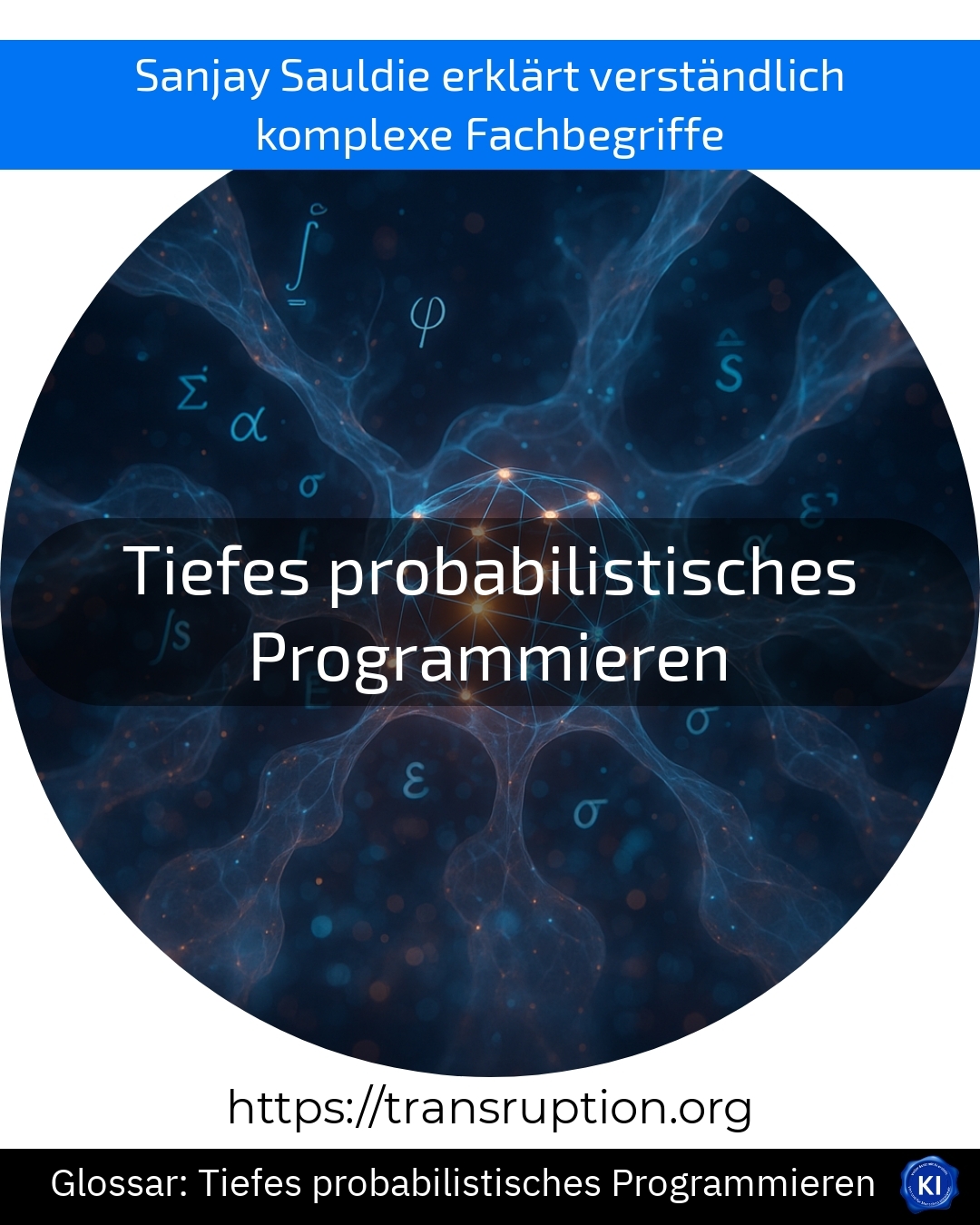Deep probabilistic programming belongs to the category of artificial intelligence and digital transformation. It is a modern method of not only allowing machines to make decisions, but also to consciously deal with uncertainties. This means that thanks to deep probabilistic programming, computers can better deal with situations in which they do not have all the information.
In contrast to traditional artificial intelligence models, which often recognise fixed rules or patterns, this method is based on probabilities. This allows a system to work with inherent uncertainties and make predictions with a degree of certainty.
A practical example: In a smart factory, data is constantly being collected by sensors. However, some sensors sometimes provide incorrect values. With deep probabilistic programming, the computer can still make meaningful predictions - such as when a machine could break down - because it takes into account the uncertainties in the sensor data.
This makes AI solutions significantly more flexible and robust. For companies, this means more reliable predictions, better automation and smarter decision-making, even if not all the data is perfect.















